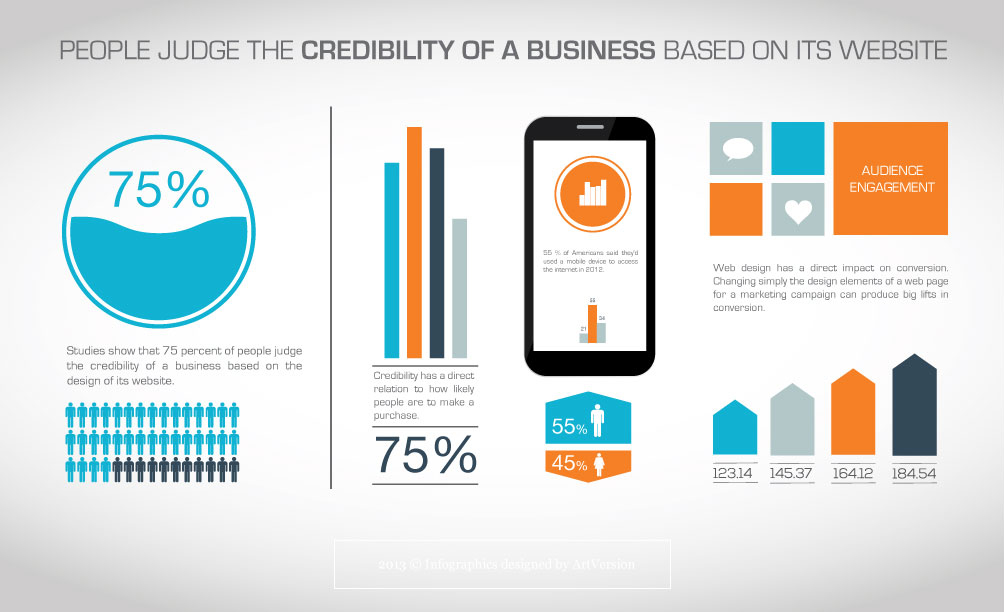Internet Site Design Fundamentals: Tips For Building A User-Friendly Site
Internet Site Design Fundamentals: Tips For Building A User-Friendly Site
Blog Article
Short Article By-Crews Devine
When it pertains to site style, guaranteeing user-friendliness is essential. From receptive layout to structured navigating, every aspect plays a vital duty in creating a website that satisfies your target market's requirements. Yet what about the better information that can make or damage a customer's searching experience? Stay tuned as we reveal some often-overlooked tips that can boost your internet site's use to the next level, making it absolutely attract attention in the digital landscape.
Importance of Responsive Layout
Receptive style is a critical element of modern site growth. Guaranteeing your internet site is receptive methods that it can adapt to different screen dimensions and gadgets, providing a smooth experience for individuals.
With the raising use mobile phones and tablet computers to access the web, having a responsive layout is crucial for getting to a broader audience. It assists in boosting individual experience by making your web site simple to browse and keep reading any kind of device.
In addition, responsive layout can favorably impact your search engine rankings, as internet search engine like Google prioritize mobile-friendly sites. By having a responsive style, you're also future-proofing your web site, as new devices with differing screen dimensions continue to arise.
Simplify Navigation Structure
To boost user experience and promote easy access to information on your site, improving the navigation framework is vital. When designing your site, concentrate on producing a clear and user-friendly navigation food selection that aids site visitors locate what they're looking for promptly.
Limitation the variety of food selection products to the fundamentals, organizing relevant web pages together to stay clear of overwhelming individuals. Usage descriptive labels that plainly show the material of each page, making it less complicated for customers to understand where each link will take them.
Take into consideration applying dropdown food selections for subcategories to stop littering the primary navigating bar. Additionally, consist of a search bar plainly on the web page for individuals who prefer looking for specific details.
Prioritize mobile responsiveness in your navigation design to guarantee easy access on all tools.
Maximize Page Load Rate
Improving page lots speed is important for retaining visitors on your internet site. Slow-loading pages irritate customers and can bring about high bounce rates. To maximize web page load rate, begin by optimizing photos. Press images without compromising quality to reduce their documents dimensions.
Additionally, allow browser caching to keep often accessed sources locally, quickening lots times for returning site visitors. Minify CSS, JavaScript, and HTML documents by eliminating unneeded personalities, remarks, and format, improving lots rate.
Think about making use of a content delivery network (CDN) to distribute your internet site's content across multiple servers worldwide, lowering latency for users accessing your website from various places. Finally, restrict using third-party scripts and plugins, as they can considerably influence load times.
Final thought
In conclusion, by including receptive style, simplifying navigating, and maximizing page lots rate, you can produce a straightforward web site that appeals to a wider target market and improves individual experience. These essential elements guarantee that visitors can quickly gain access to and navigate your website across various tools, leading to boosted interaction and satisfaction. By focusing on visit the website , you can build a successful site that keeps individuals returning for more.
